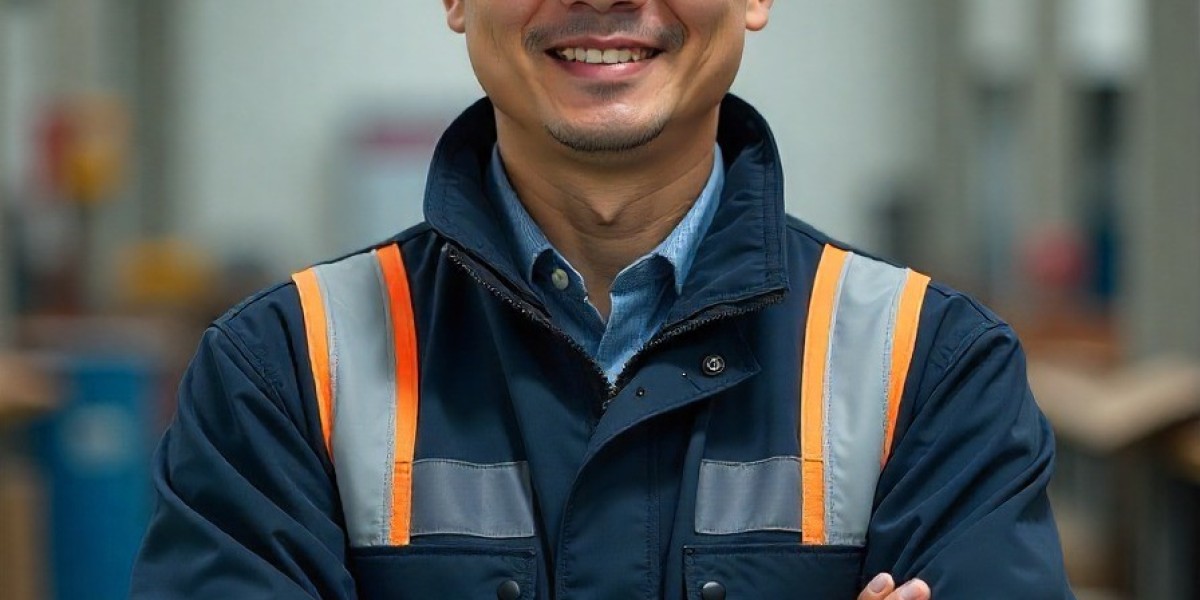When workplace incidents occur, accurate and timely documentation becomes critical. Among all investigation tools, photographing evidence stands out as one of the most effective ways to capture the reality of what happened. Clear, well-documented photos can help investigators, managers, and safety officers identify hazards, determine causes, and implement corrective actions.
Whether you’re enrolled in online safety courses in Pakistan or pursuing a NEBOSH Diploma at Cosmic Institute, mastering the art of evidence photography is an essential skill for any safety professional.
Understanding the Importance of Photographing Evidence
Photographs act as an unbiased record of the scene, capturing details that written notes might miss. They help preserve the integrity of the investigation and provide visual proof that can be referred to later in reports or legal proceedings.
Why Photographing Evidence Matters:
It provides an objective, visual record of the incident.
Helps identify hazards, unsafe conditions, or equipment defects.
Supports written reports and witness statements.
Strengthens accountability and compliance with safety regulations.
Ensures long-term documentation for audits or legal follow-up.
For instance, during a workplace slip-and-fall incident, a photo capturing a wet floor without warning signs can clearly demonstrate a potential safety failure. Without such visual evidence, proving the root cause can be far more challenging.
Key Principles of Evidence Photography
Before you start taking photos, it’s essential to understand a few foundational principles. These help ensure that your photographs are reliable, clear, and legally defensible.
1. Accuracy Over Aesthetics
Your goal isn’t to take a perfect picture—it’s to capture facts accurately. Avoid filters, editing, or framing that could misrepresent the scene.
2. Objectivity
Photographs should tell the story as it is. Never rearrange items or clean the scene before taking photos.
3. Consistency
Maintain a consistent approach: take wide, medium, and close-up shots of every element. This creates a logical visual sequence for later reference.
4. Documentation
Each photo should be labeled with details such as the date, time, and location. In occupational health and safety training, this is emphasized as part of proper recordkeeping standards.
Essential Equipment for Photographing Evidence
Having the right tools can make a significant difference in the quality and accuracy of your evidence photos.
Must-Have Tools:
Digital Camera or Smartphone: High-resolution cameras ensure clarity.
Scale or Measuring Tape: To provide reference for size and distance.
Tripod: Helps stabilize shots for accuracy.
Flashlight or External Light Source: Useful in dimly lit environments.
Photo Log Sheet: To record each image’s context and details.
Students enrolled in online safety courses in Pakistan often learn how to use this basic kit effectively during workplace inspections and investigation simulations.
Step-by-Step Guide: How to Photograph Evidence Properly
Step 1: Secure the Scene
Before photographing, ensure the area is safe to enter. Stop all operations if necessary and prevent anyone from disturbing the evidence.
Step 2: Start with Overall Shots
Begin with wide-angle photos showing the entire scene. This helps provide context—where the incident occurred, surrounding areas, and any visible hazards.
Step 3: Capture Medium Shots
Focus on specific zones where the incident occurred, like a broken tool, damaged surface, or hazardous spill.
Step 4: Take Close-Ups
Zoom in on critical evidence such as machinery defects, warning labels, or personal protective equipment (PPE). Include a scale or object for size comparison.
Step 5: Photograph Witness Positions
If possible, photograph where witnesses were standing. This can help during interviews or cross-checking statements.
Step 6: Record Environmental Conditions
Take photos of lighting, signage, temperature gauges, or weather conditions if they contributed to the incident.
Step 7: Review and Organize Photos
Before leaving, review all images to ensure clarity and coverage. Rename files logically and store them securely with proper documentation.
Common Mistakes to Avoid in Evidence Photography
Even experienced safety professionals can make errors that weaken their investigation.
Avoid These Pitfalls:
Forgetting to photograph the overall scene before close-ups.
Using poor lighting that hides important details.
Taking photos from unclear or inconsistent angles.
Failing to include a reference scale.
Deleting or editing photos after capture (which can raise credibility issues).
Proper training—like that offered in the NEBOSH Diploma at Cosmic Institute—teaches investigators how to prevent these mistakes through a structured approach to evidence management.
The Role of Photographing Evidence in Workplace Investigations
Supporting Root Cause Analysis
Photographs help identify the sequence of events that led to an incident. For example, images of a cluttered walkway can reveal poor housekeeping practices, supporting a “human factors” root cause.
Enhancing Report Credibility
A safety report with visual documentation carries more weight with management and auditors. It’s easier to justify corrective actions when supported by photographic evidence.
Legal and Insurance Benefits
In case of disputes or claims, clear evidence photos can serve as legal proof, reducing the risk of liability or compensation conflicts.
Integrating Evidence Photography into Your Safety Training
Most online safety courses in Pakistan now include modules on digital documentation and scene recording. These courses highlight not only how to take good photos but also how to maintain data integrity, organize records, and include them in formal investigation reports.
If you’re serious about building a career in occupational safety, advancing to a NEBOSH Diploma at Cosmic Institute can take your expertise further. You’ll gain hands-on experience in managing investigations, including evidence collection and photographic documentation techniques aligned with international best practices.
Expert Tips for Effective Evidence Photography
Here are some professional tips that can make your investigation work stand out:
Always carry a spare battery and memory card.
Take photos from multiple angles to avoid blind spots.
Keep a checklist to ensure no key area is missed.
Store photos in a secure digital location with restricted access.
Maintain a chain of custody for each photograph taken.
FAQs About Photographing Evidence in the Workplace
1. Can I use a smartphone for photographing evidence?
Yes. Modern smartphones offer excellent camera quality. Just ensure your photos are clear, timestamped, and not digitally altered.
2. How soon should photos be taken after an incident?
As soon as the area is safe. The more time passes, the more likely evidence may change or disappear.
3. Should I photograph injured employees?
Only with consent and in accordance with company policy. The goal is to document evidence, not violate privacy.
4. What if I forget to take a critical photo?
Note it in your report honestly. Avoid recreating or editing scenes later, as that compromises integrity.
Conclusion
Photographing evidence is not just about taking pictures—it’s about preserving truth. Effective evidence photography enhances the credibility of investigations, supports legal compliance, and ensures that lessons are learned to prevent future incidents.
Whether you’re pursuing online safety courses in Pakistan or advancing through the NEBOSH Diploma at Cosmic Institute, developing strong evidence documentation skills will set you apart as a safety professional.
Mastering this technique ensures your workplace investigations are clear, accurate, and impactful—laying the foundation for a safer, more responsible working environment.







